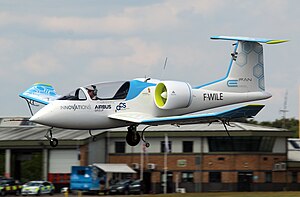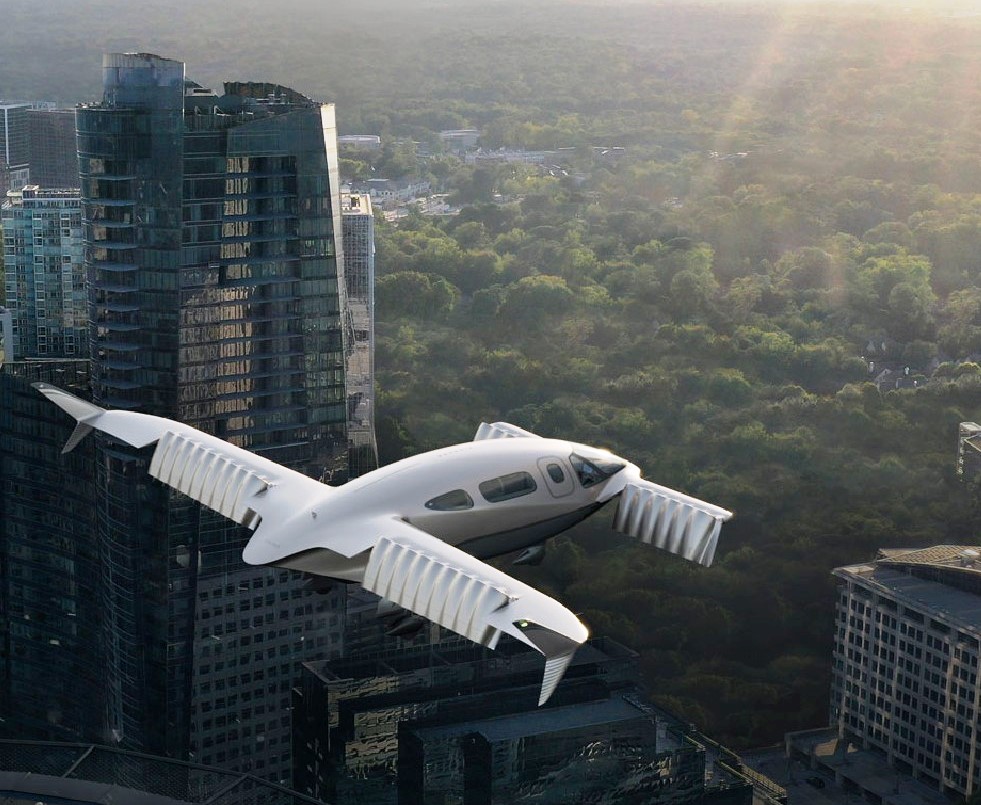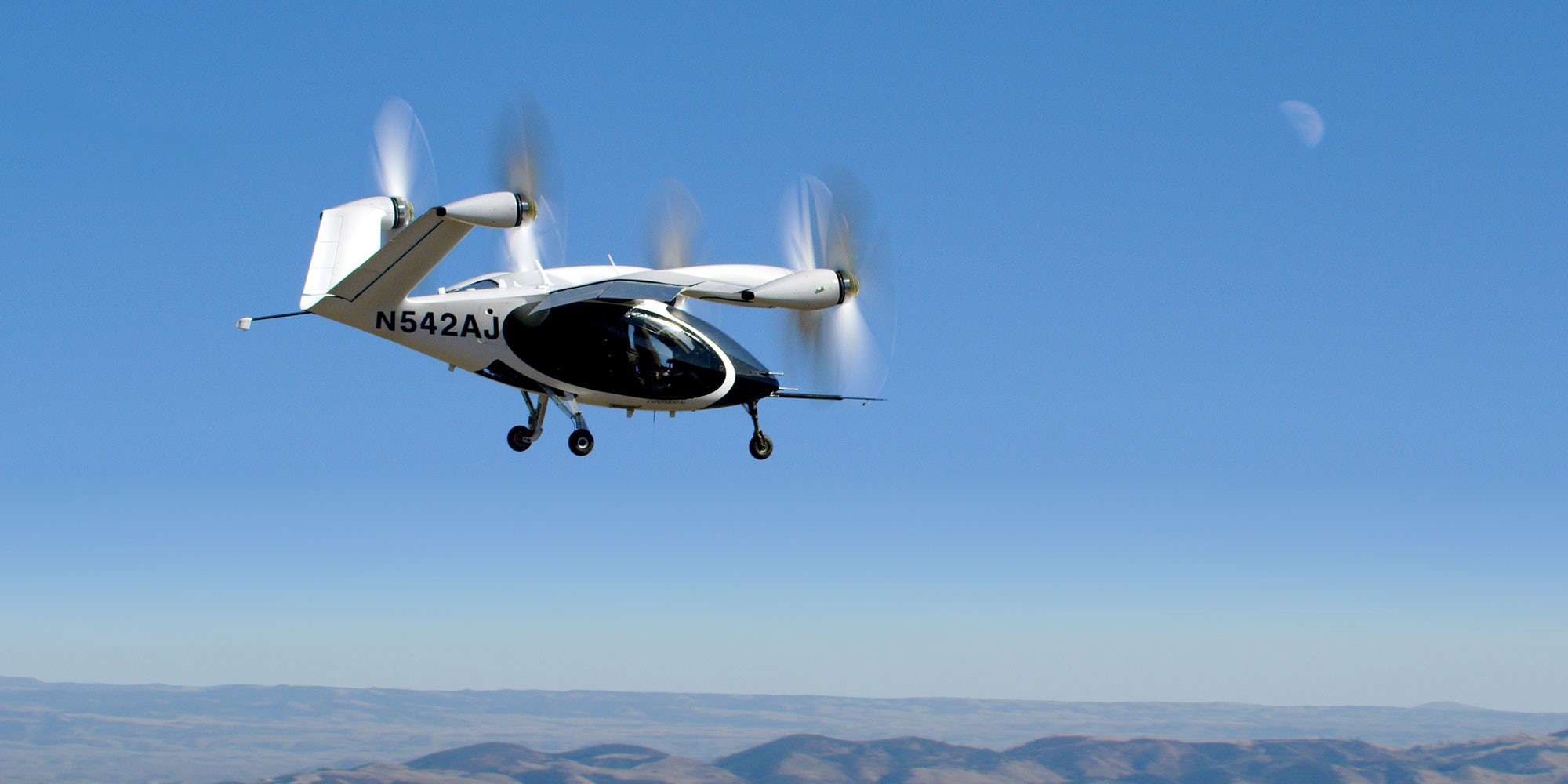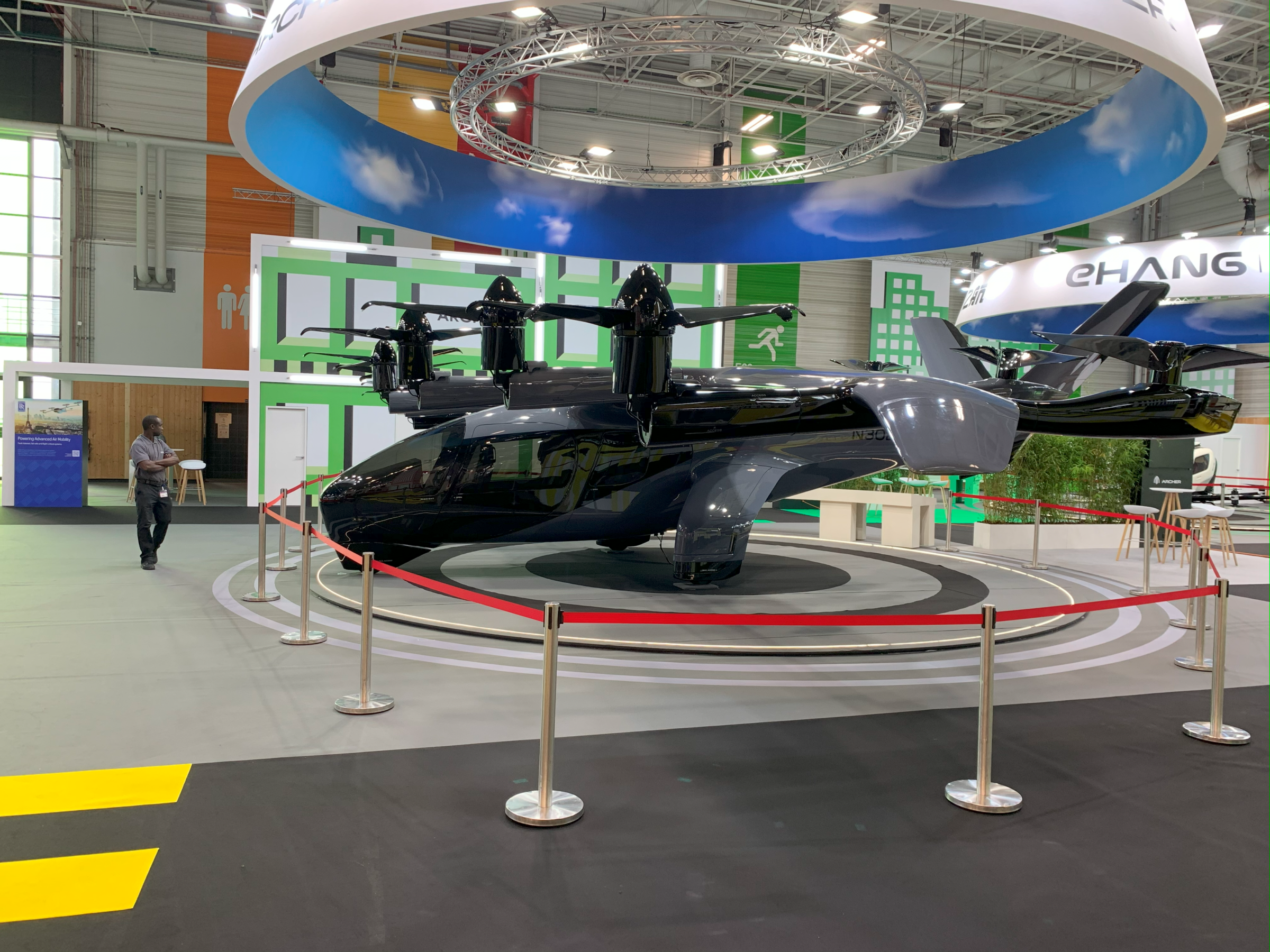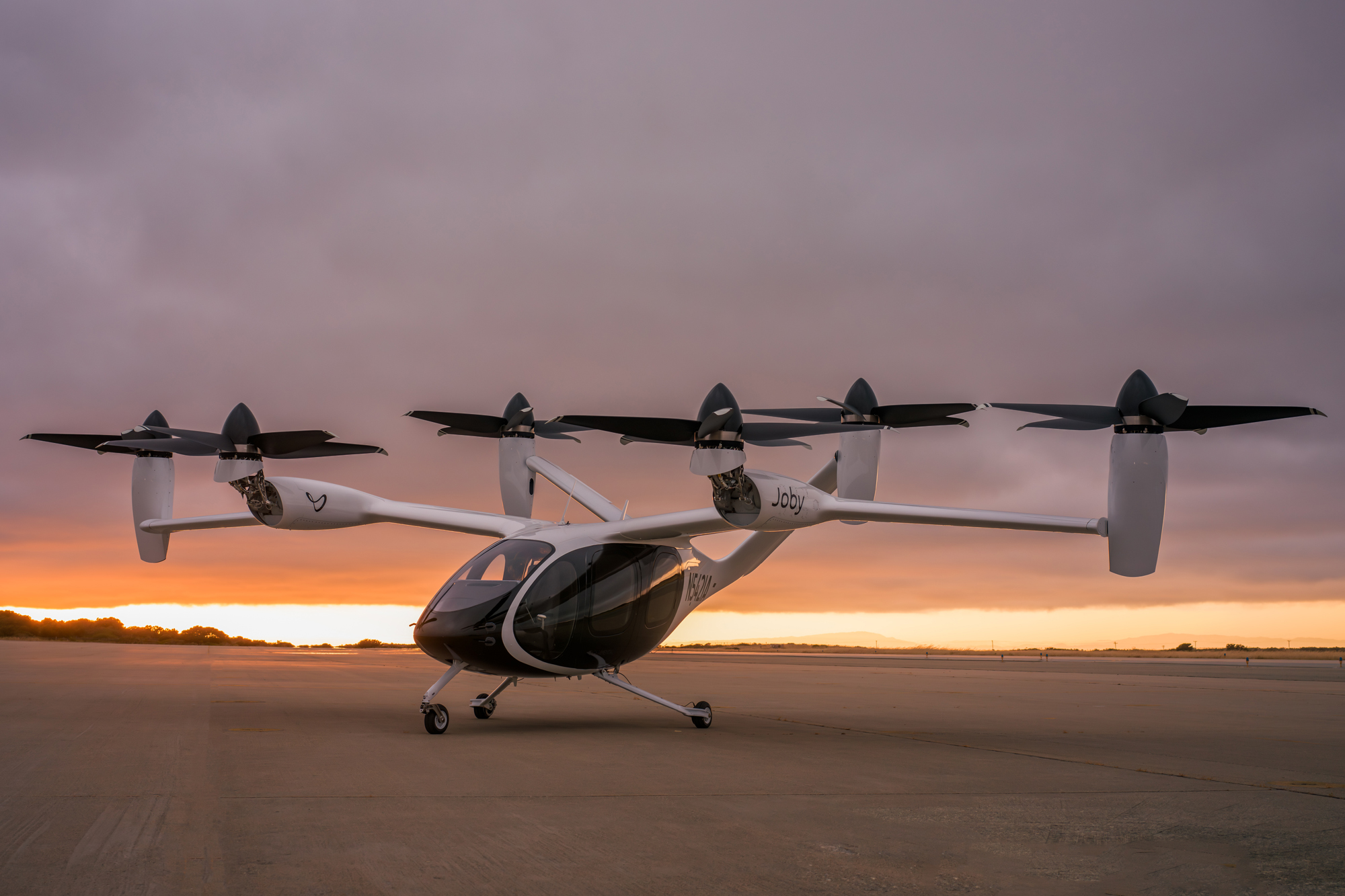Leeham News and Analysis
There's more to real news than a news release.
Bjorn’s Corner: Air Transport’s route to 2050. Part 6.
January 24, 2025, ©. Leeham News: We do a Corner series about the state of developments to replace or improve hydrocarbon propulsion concepts for Air Transport. We try to understand why the development has been slow.
We have covered why the progress of battery-based aircraft is slow and also described what to expect at the end of this decade and the beginning of next.
Now, we look at hybrids, an inherently more complex design. Upstarts are changing to hybrids after realizing that battery-only aircraft will not have useful range this side of 2030.
Read more
Bjorn’s Corner: Air Transport’s route to 2050. Part 4.
January 10, 2025, ©. Leeham News: We do a Corner series about the state of developments to replace or improve hydrocarbon propulsion concepts for Air Transport. We try to understand why the development has been slow.
We listed the different projects in the second Corner of the series that have come as far as flying a functional model or prototype. In Part 3, we went through some of the causes of the slow growth. It was a mix of inexperienced startup managments, all wanting to be the new Elon Musk but lacking elementary knowledge in the aeronautical field, to what is the real hard part of an alternative propulsion concept.
Many startups developed new electric motors for eAirplane or eVTOL use, a relatively straightforward development when the real hard part is the batteries. We described how batteries differ significantly from fuel as an energy source in Part 3.
Now, we add a market aspect that is poorly understood by most players.
2025 remains another year for recovery in commercial aerospace
Subscription Required
By Scott Hamilton
Jan. 6, 2025, © Leeham News: Don’t look for any dramatic new product launches in 2025.
 Nor should you expect any dramatic news, absent global upheaval of some kind.
Nor should you expect any dramatic news, absent global upheaval of some kind.
This year is going to be yet another year dominated by recovery. Recovery from the COVID-19 pandemic, which officially ended in 2022. Recovery by the supply chain. Recovery for Pratt & Whitney’s nearly decade-long problems with its Pure Power GTF engines supplying the Airbus A220, A320 family and Embraer E2 jets. Recovery by Airbus from its production and delivery delays. Recovery by Boeing from its series of self-inflicted crises, now beginning the sixth year.
There is just no getting around the fact that the commercial aerospace industry isn’t a smooth-running industry. It’s a long way from 2018, when all sectors were running smoothly. There is still a long way to go to recovery.
Here’s LNA’s take on what’s to come this year.
Bjorn’s Corner: Air Transport’s route to 2050. Part 2.
October 24, 2024, ©. Leeham News: We do a Corner series about the state of developments to replace or improve hydrocarbon propulsion concepts for Air Transport. We will find that development has been very slow.
We don’t have, and will not have, a certified and produced aircraft that can transport passengers using anything but classical propulsion concepts this side of 2028 and probably 2030 if we put the bar above five passengers.
This is 14 years after the flight of the Airbus E-Fan in 2014, which started a multitude of studies and projects to explore new, more environmentally friendly ways to propel aircraft.
Why is the progress so slow? Normal aircraft development takes seven to a maximum of nine years?
Outlook 2024: Embraer’s continued recovery
Subscription required
By Bjorn Fehrm
January 8, 2024, © Leeham News: Embraer was hit by a double whammy before and during COVID. The non-closure of the merger of Boeing’s and Embraer’s Commercial Aircraft Divisions and the halving of its E-Jet deliveries during COVID. The year that passed marked the recovery from the extra cost and effort of the non-merger and an increase in E-Jet deliveries and orders.
It was also a progress year for the EVE eVTOL venture, with Embraer finalizing design and starting prototype production. Despite the EVE lagging behind other programs by about a year, the customers believe it’s one the most viable programs. Eve doubles the preorders of the nearest competitors.
The past year will also be seen as the break-trough year for the KC-390, Embraer’s bet to replace the venerable Lockheed-Martin C-130 military airlifter. The customer list went from three to five, with more country air forces in serious negotiations for the KC-390.
Summary:
- The E-Jets are trending back to normal volumes with better margins.
- EVE is the best-selling eVTOL, as operators trust Embraer’s knowledge and support.
- The KC-390 is on its way to capture a big slice of the C-130 Hercules replacement marker.
The reality behind the eVTOL industry’s hyperbole, Part 7.
Subscription required
By Bjorn Fehrm
August 24, 2023, © Leeham News: We have looked at the promises the VTOL industry made in their Investor prospects and what the reality is as the VTOLs come closer to Certification and production.
We started by using Joby and Archer as examples; now, we wrap the series by looking at some other top VTOL OEMs and how their claims have changed as the projects come closer to reality.
Summary:
- Joby Aviation and Archer are not alone in backpedaling on promised performance as certification nears; other OEMs that are investor-financed have the same problem.
- In summary, the VTOLs in the first generation can only fly short-range missions. Longer flights run into energy reserve and cost problems.
The reality behind the eVTOL industry’s hyperbole, Part 6.
Subscription required
By Bjorn Fehrm
August 17, 2023, © Leeham News: We look at the promises that the VTOL industry has made in their Investor prospects and what the reality is as they come closer to Certification and production.
We used our Aircraft Performance and Cost model to understand the data for the typical missions for the Joby S4 and Archer Midnight VTOLs and how the economics pans out for these missions. We now look at the results and compare them to what’s been projected from the OEMs.
Summary:
- We found the VTOL OEM’s economics for the typical 10-minute shuttle flights optimistic.
- When we go back and look at investor deck projections, the cost comparison to helicopter costs were totally off the mark. When we correct this the VTOL is more expensive to operate then an equivalent helicopter.
The reality behind the eVTOL industry’s hyperbole, Part 5.
Subscription required
By Bjorn Fehrm
August 10, 2023, © Leeham News: We look at the promises that the VTOL industry has made in their Investor prospects and what the reality is as they come closer to Certification and production.
After looking at claims of range and utility, we now look at the operating economics. We go through the different cost factors for a VTOL, add them up, and compare them with the industries’ projections.
Summary:
· The VTOL OEMs state their economics for 10-minute shuttle flights while claiming the VTOL can also fly flights four times longer.
· Yes, the VTOLs can indeed fly these longer flights, but then the economics fall apart.
The reality behind the eVTOL industry’s hyperbole, Part 3.
Subscription required
By Bjorn Fehrm
July 27, 2023, © Leeham News: We look at the promises that the VTOL industry has made in their Investor prospects and what the reality is as they come closer to Certification and present their production-level prototypes. We also analyze whether these capabilities will be the final level.
Today we go through the trickiest part of any electric aircraft or eVTOL, the batteries. They are large, very heavy, and the most difficult part to certify on the aircraft, as the battery is dangerous if not designed, produced, and managed correctly.
Summary:
- The battery system of an eVTOL sets restrictions on the operational usefulness of the category.
- The everyday operational utility of VTOLs is far from the industries’ claims.





